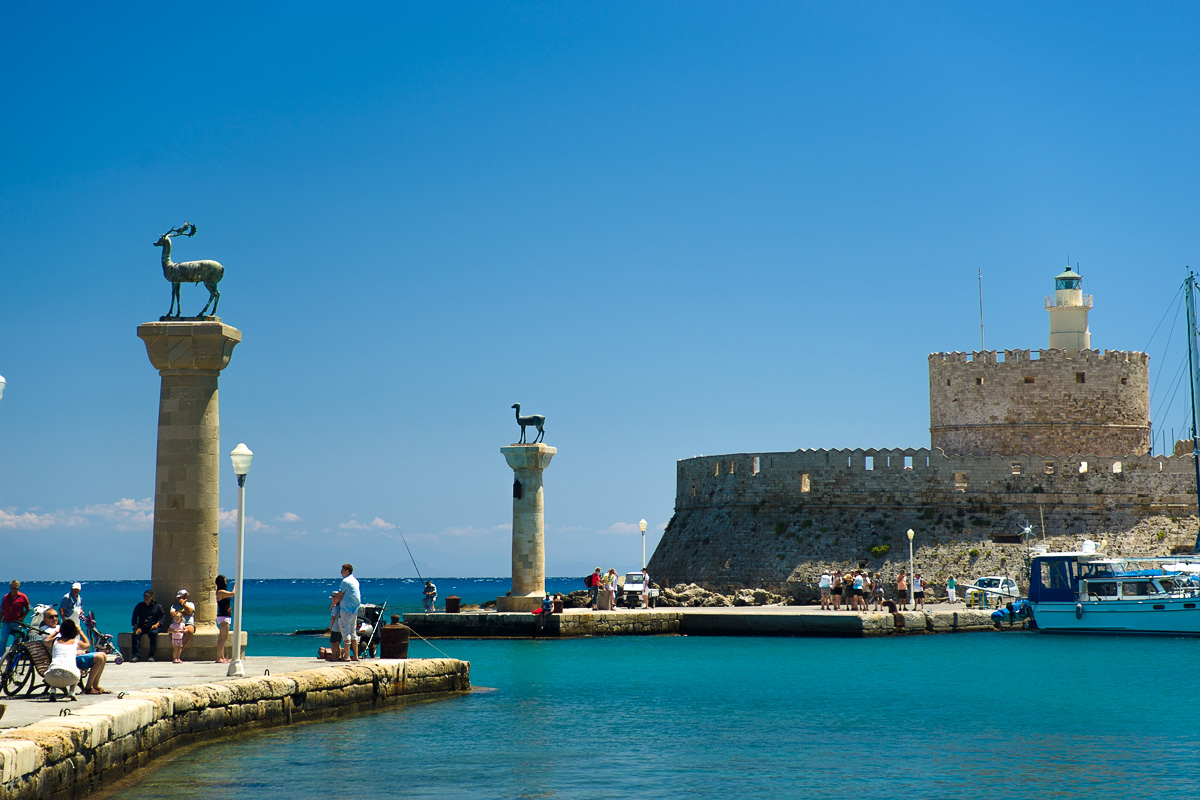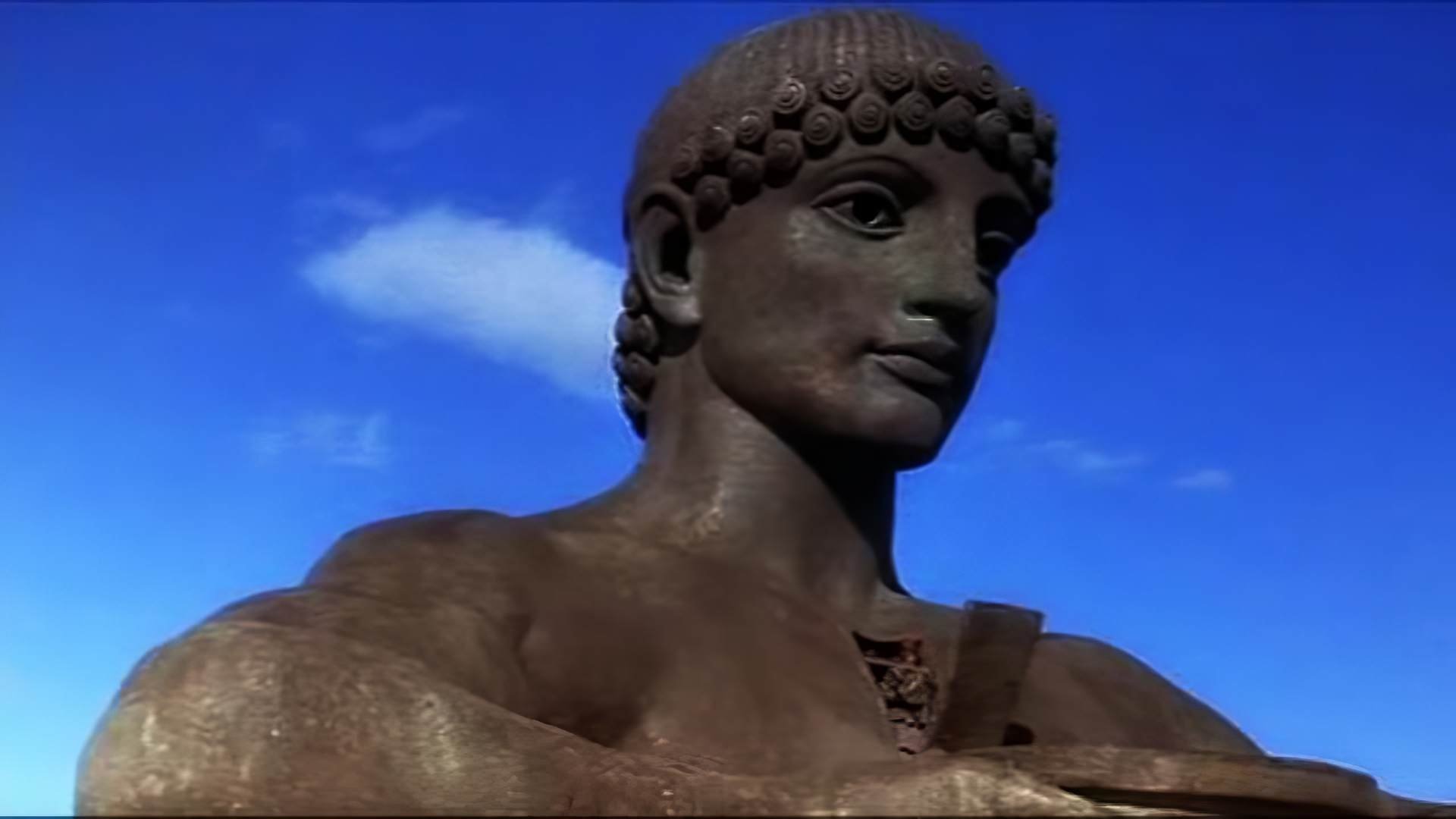

Recent studies suggest that it was erected either on the eastern promontory of the Mandraki harbour, or even further inland. Moreover, the fallen Colossus would have blocked the harbor entrance. Given the height of the statue and the width of the harbour mouth, this picture is rather impossible than improbable. It has long been believed that the Colossus stood in front of the Mandraki harbour, one of many in the city of Rhodes, straddling its entrance. Let us clear a misconception about the appearance of the Colossus. It is said that the fragments had to be transported to Syria on the backs of 900 camels. They disassembled the remains of the broken Colossus and sold them to a Jew from Syria. And when it fell, "few people can make their arms meet round the thumb", wrote Pliny.įor almost a millennium, the statue lay broken in ruins. When the Colossus was finished, it stood about 33 meters (110 ft) high. To reach the higher parts, an earth ramp was built around the statue and was later removed. The structure was gradually erected as the bronze form was fortified with an iron and stone framework. The base was made of white marble, and the feet and ankle of the statue were first fixed.
#Colossus of rhodes remains skin#
To build the Colossus of Rhodes, the workers cast the outer bronze skin parts. It was a symbol of unity of the people who inhabited that beautiful Mediterranean island of Rhodes.

The Colossus of Rhodes was not only a gigantic statue. "But even lying on the ground, it is a marvel", said Pliny the Elder. Yet the Colossus of Rhodes earned a place in the famous list of Wonders. The task was assigned to the sculptor Chares of Lindos, a pupil of Lysippos himself, and twelve years (from 304 to 292 BC) were needed to complete it.įrom the building its destruction lies a time span of merely 56 years. The Rhodians decided to express their pride by building a triumphal statue of their favorite god, Helios. When Demetrios was defeated, he abandoned all his siege machinery on Rhodes. Its history begins with the siege of Demetrios Poliorketes, successor of Alexander the Great, in 305 BC. The Colossus of Rhodes is familiar to almost everyone.


 0 kommentar(er)
0 kommentar(er)
